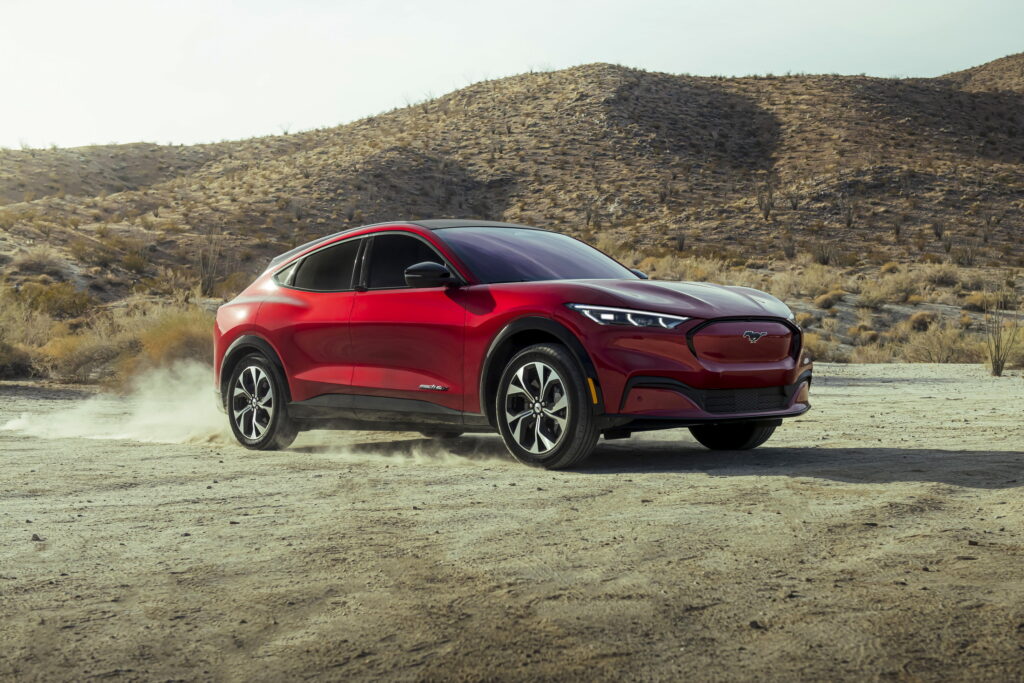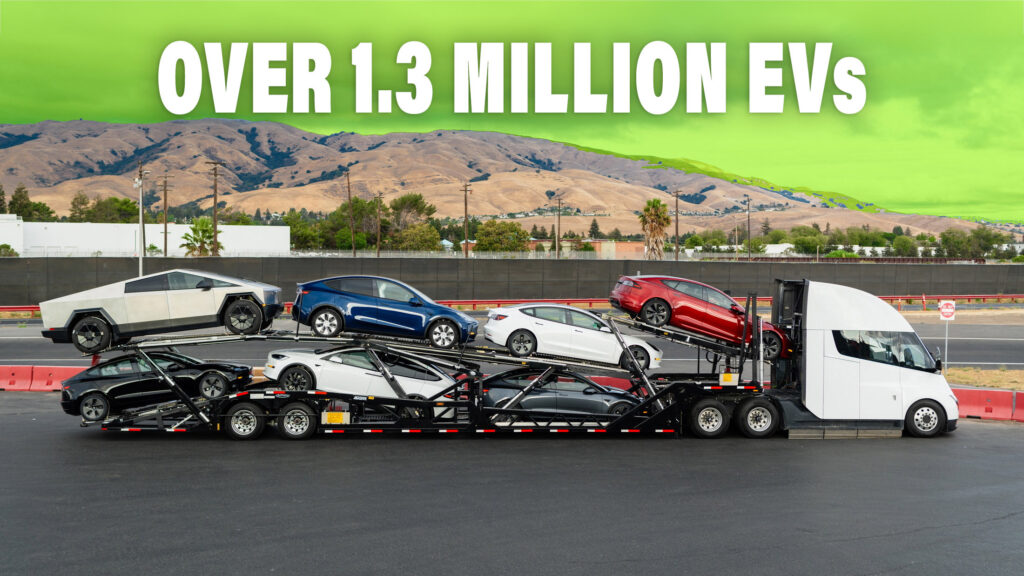For the first time ever, Americans are expected to buy more than 1 million vehicles in a single year. Despite slowing growth, 2023 remains a record-breaking year for electric vehicles in the U.S.
The sales charts show that automakers delivered 136,000 new EVs in September, up 67 percent from a year earlier. Sales were driven by Tesla, which handed over nearly 59,000 vehicles to customers. In all, battery powered vehicles accounted up more than 11 percent of the nation’s automotive market share.
As a result, forecasts predict that between 1.3 and 1.4 million electric vehicles will be sold by the time the year ends, according to data from Atlas Public Policy. This sets the stage for EVs to achieve a record-breaking 9 percent market share of new car sales in 2023.
Read: Pricey Cars, Not Range Anxiety, Are The Real Speed Bump For EV Adoption

Although several factors have helped with U.S. sales growth, falling prices are likely the most important, reports the Associated Press. As the market leader, Tesla’s price drops have had a significant impact on the market, and have prompted other automakers to lower MSRPs, too.
Furthermore, as growth in the electric vehicle market slows and production increases, more EVs are accumulating on dealer lots. This surplus means that buyers can now anticipate receiving some incentives. However, it’s important to note that, on average, electric vehicles still come with a price tag that’s $3,826 higher than that of internal combustion vehicles.
Earlier research indicates that while electric vehicles (EVs) are becoming more affordable due to declining prices and incentives like tax credits, pricing remains a significant barrier to wider adoption. Given the substantial costs associated with developing new technology, many automakers position EVs as premium vehicles with high price points in an attempt to offset those costs. Unfortunately, this strategy limits the accessibility of EVs to a broader range of consumers.
This might help explain why the U.S. continues to trail behind some of the most fervent EV markets, such as China, Germany, and Norway. In those countries, EVs and plug-in hybrids accounted for 33 percent, 35 percent, and a whopping 90 percent of sales in the first half of the year, respectively. The combined efforts of government incentives and emissions targets, alongside the availability of more affordable electrified vehicles are effectively accelerating the adoption of electric vehicles in these markets.




